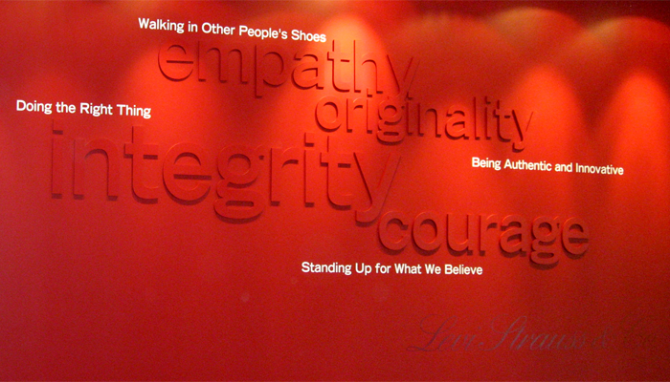 I believe in supporting companies that make a commitment to doing good, both as a designer and a customer. Whether or not they always succeed, understanding that business should also be socially and environmentally responsible is a big step towards where we need to be. Although the real trick is you have to mean it.
I believe in supporting companies that make a commitment to doing good, both as a designer and a customer. Whether or not they always succeed, understanding that business should also be socially and environmentally responsible is a big step towards where we need to be. Although the real trick is you have to mean it.
For the past two weeks, I’ve been working on a great project for Levi Strauss & Co. While I have always avoided retail fashion, especially the mass-market kind, I’m pleased to be working with a company that embraces values. The photo above is from their lobby, and it is great to see what they stand for plastered up, bigger than life.
I was also very impressed at their attitude towards their customers; we discussed how important it was to talk to and about all of their customers in a respectful and positive way. It’s easy in this business to look down on those who are unfashionable, poor, or overweight, and I appreciate their desire to be inclusive.
As I look to move up in brand management (the purpose of getting the MBA), it would benefit me to work for larger organizations for a few years to gain credibility and learn more about the challenges of a large, multi-national company. However, I still want to work for a company I can believe. Levi’s is just the kind of company that could fit both bills, and now I’m motivated to push aside my assumptions and look more closely for other opportunities I might be overlooking.
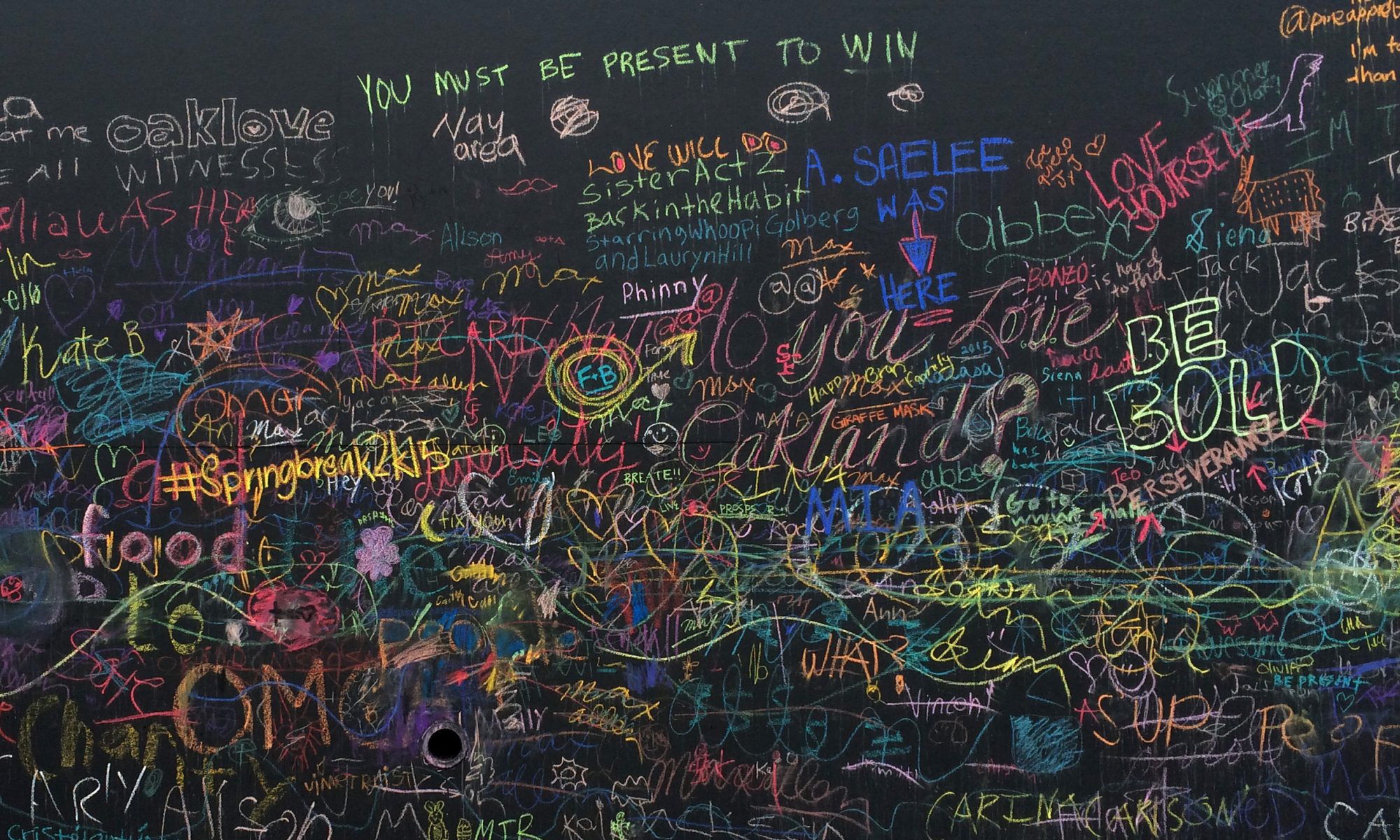
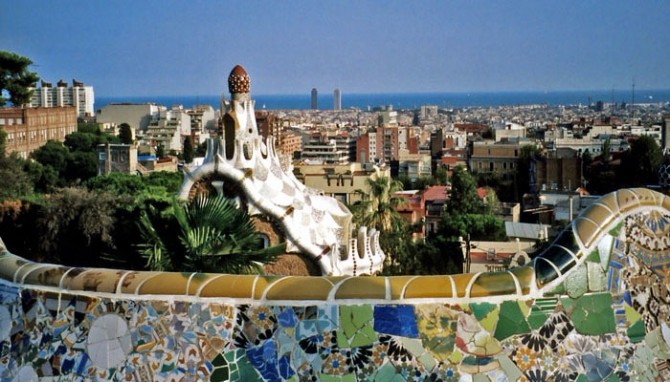 After 5 long years, I’m finally getting around to organizing my Europe photos. I’m starting with Barcelona, a city that stole my heart.
After 5 long years, I’m finally getting around to organizing my Europe photos. I’m starting with Barcelona, a city that stole my heart. Last weekend there was a highly critical
Last weekend there was a highly critical 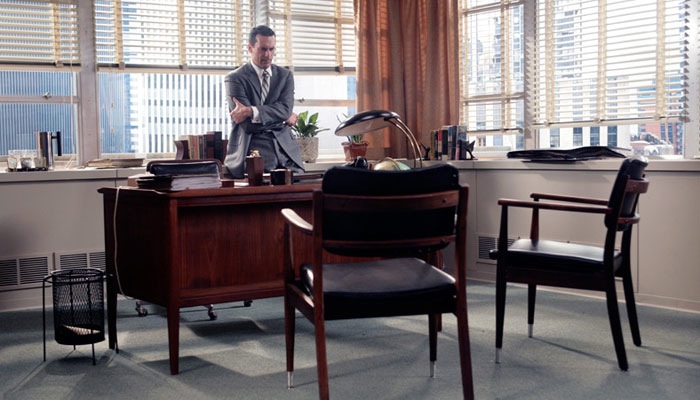
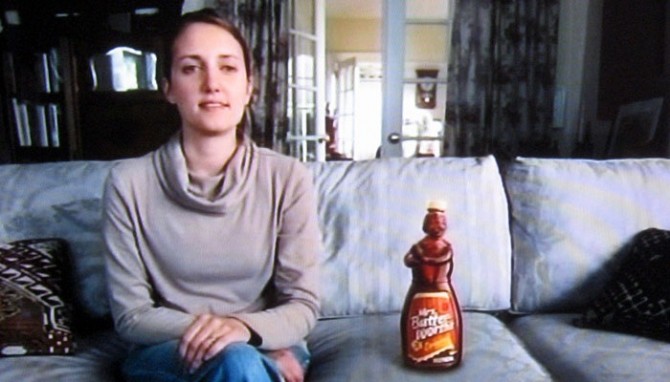
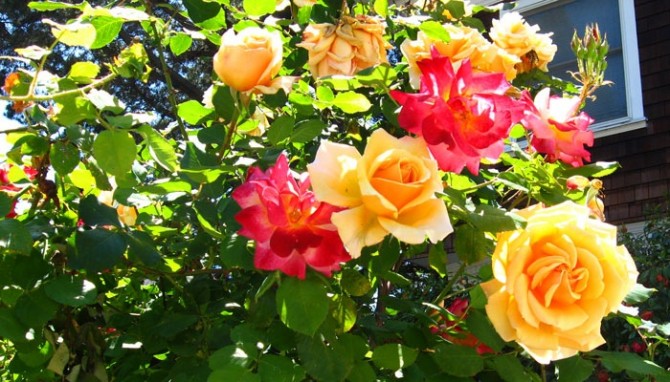 There’s an article in today’s San Francisco Chronicle discussing Stanford professor Robert Pogue Harrison’s new book, Gardens: An Essay on the Human Condition. From the article:
There’s an article in today’s San Francisco Chronicle discussing Stanford professor Robert Pogue Harrison’s new book, Gardens: An Essay on the Human Condition. From the article: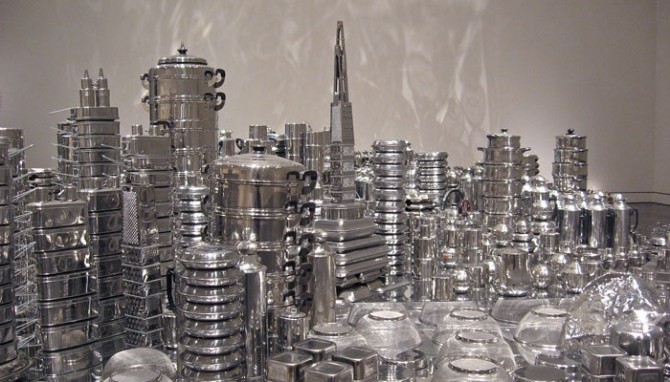 Zhan Wang’s stainless steel sculpture of San Francisco
Zhan Wang’s stainless steel sculpture of San Francisco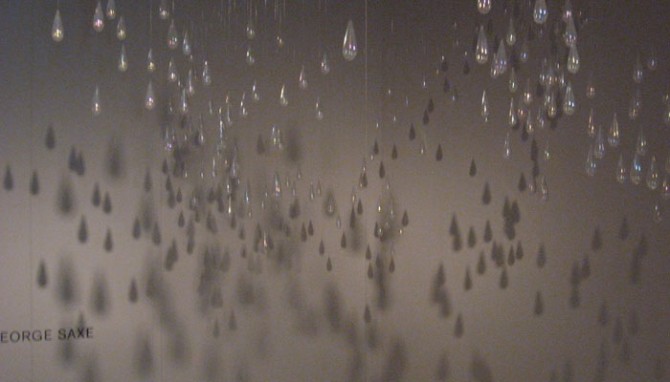 The de Young and the Asian Art Museum are arguably the best art museums in San Francisco, although the bar is not as high here as I would like.
The de Young and the Asian Art Museum are arguably the best art museums in San Francisco, although the bar is not as high here as I would like.